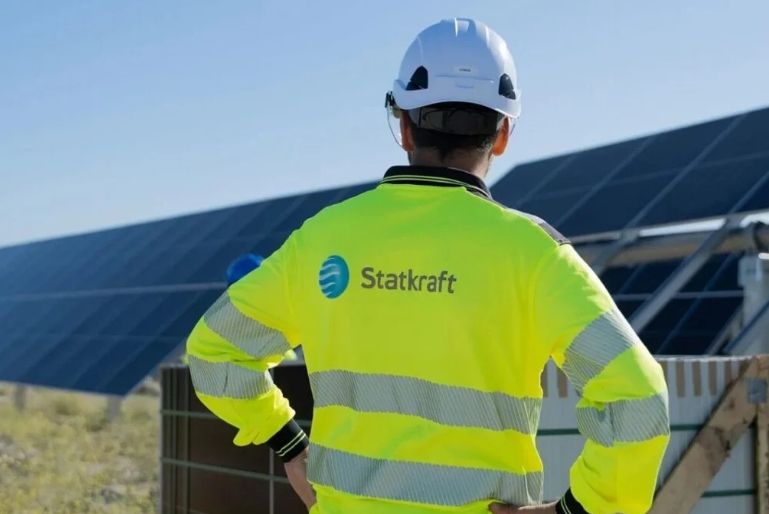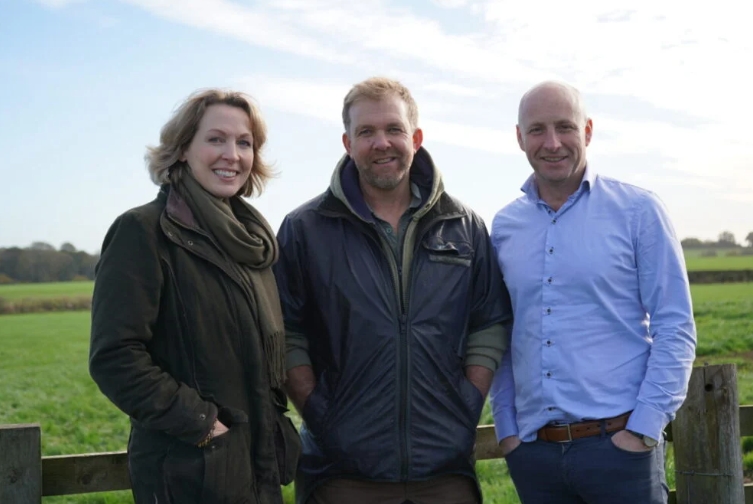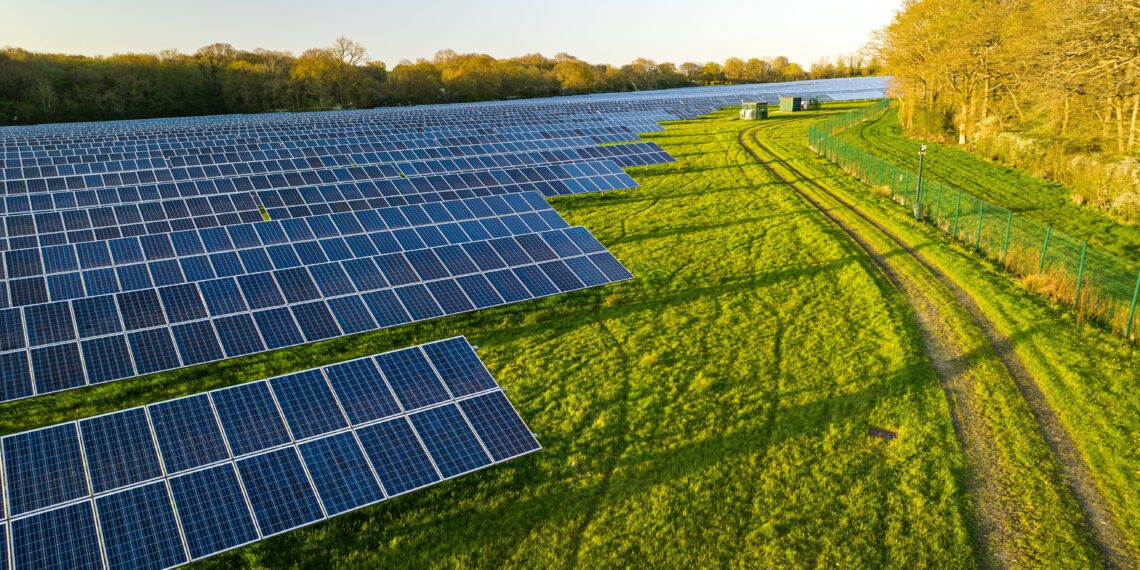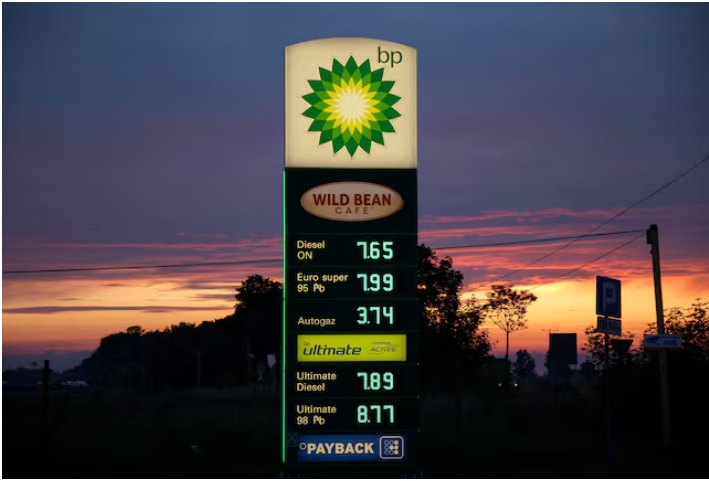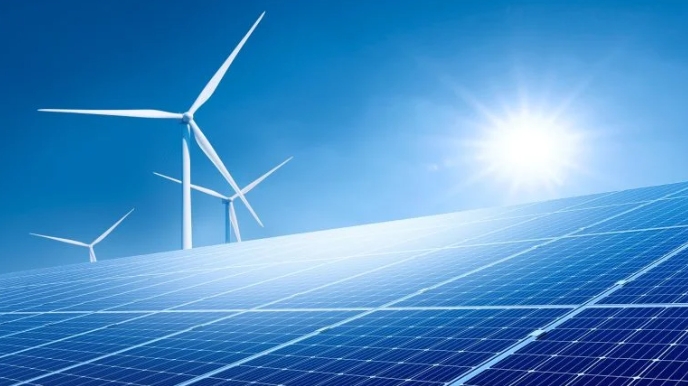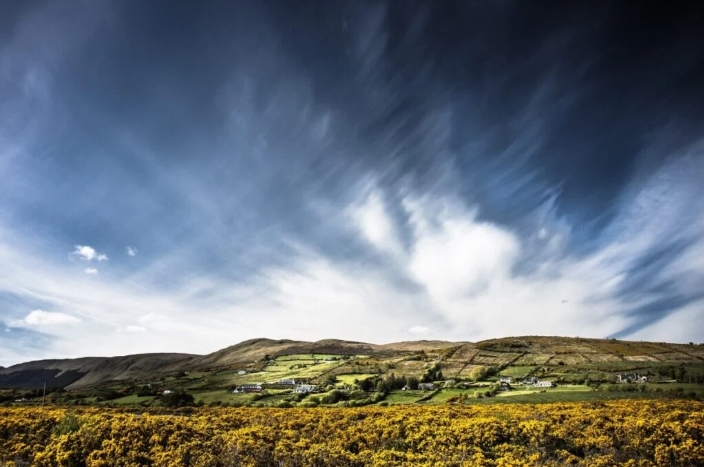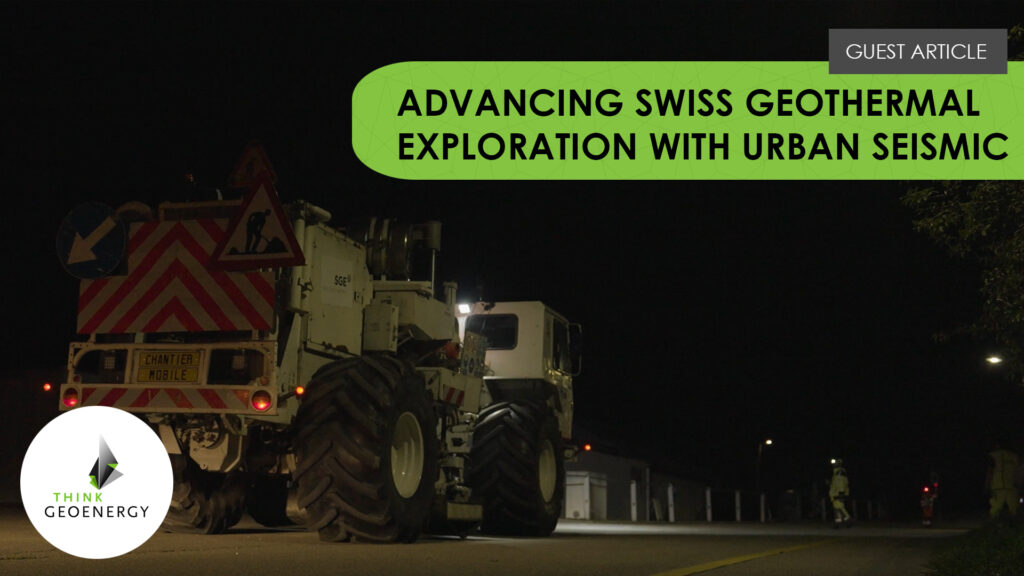
In this guest article written by environmental scientist Philippa Decker, we learn more about the challenges faced by the Swiss geothermal sector and how discreet survey technologies appropriate in urban areas have contributed greatly to mitigating the risks of geothermal project development.
From Geneva to Thurgau and the Molasse basins in between, Switzerland is starting to embrace greater exploration of its geothermal depths. Set to overhaul its energy supply system, a commitment to net-zero greenhouse gas emissions by 2050 was accepted by the Swiss Conseil General in 2019 1. These ambitious targets call for a total abandonment of fossil fuel energy sources and a transition to an energy supply system that is clean, local, secure, affordable, and 100% Swiss.
So far, interest has been largely focused on expanding solar, wind, and hydro projects. However, the vast energy source right beneath our feet may become the next important contributor to our net-zero energy plan. Geothermal energy, the inexhaustible and continuous energy stored as heat below the earth’s surface, holds the potential to provide the final piece of the puzzle for a 100% renewable energy future.
The untapped potential of the Swiss geothermal sector
In terms of heating alone, geothermal energy is projected to supply up to 25 % of total household and industrial heating needs in Switzerland by 20502 . Electricity produced directly from deep geothermal power plants, while only adding a small percentage to the country’s overall electricity supply, will provide important baseload power which is available 24/7 regardless of season or climate, complementing the intermittent supply from other renewable sources without having to rely on nuclear or fossil fuels.
These targets, however, are far from being reached. In 2021, only 5.5% (4.6 TWh) of total heating needs in Switzerland were produced by geothermal sources. Of this, the majority (over 80%) was produced by shallow, household
probes associated with heat pumps. 3 These figures show that there is still a long way to go for the region, with Switzerland lagging behind in its harnessing of large-scale medium and deep geothermal energy opportunities, compared with its European neighbours.
Curtailed development of geothermal in Switzerland
A decade ago, two high-profile attempts at deep geothermal for heating and electricity in Basel4 and St Gallen were abandoned due to local earth tremors and property damage resulting in lasting community backlash and environmental concerns around deep geothermal projects.
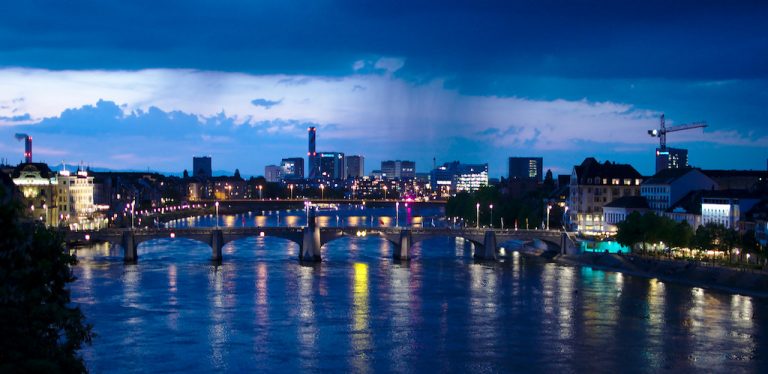
View of Basel, Switzerland (source: flickr/ taintfair, creative commons)
Elsewhere in Europe, the development of geothermal activity has been accelerating. Germany already has 42 operational deep geothermal projects with another eight projects under construction or in the planning stages 5 , while France has two functioning geothermal electricity projects and around 70 successful district residential heating systems 6. The greater Paris area has the most densely covered geothermal system in Europe, supplying heat to around 250,000 households 7 , 8. For the moment only one geothermal district heating system is operational in Switzerland in the city of Riehen, Basel-Stadt 9. One test program for a geothermal electricity plant is also under construction in the Jura canton, despite strong local opposition 10.
Mitigating the discovery risk of geothermal
Large-scale access to geothermal is high risk and requires high initial exploration costs. The Swiss geology at depth is something of a closed book with no extensive mining or historical oil industry to base future exploration on. Location choice for geothermal installations frequently relies on historical bore holes or broad extrapolations of regional geology. Searching blindly for geothermal locations can lead to costly, failed exploration attempts which in turn dampen community and industry support for future geothermal projects. Several recent wells drilled, such as those in Lavey-les-bains and Vinzel, have not produced adequate water temperature or pressure and have been abandoned with considerable cost to the public and private purse, leading to negative local publicity around the projects 11, 12.
Mapping techniques, used in oil and gas exploration for decades, have been successfully applied to geothermal scenarios. These techniques have the potential to boost the burgeoning geothermal industry by providing easily attainable and high-
quality geological imaging of the subsurface geology.
Companies such as STRYDE, who created the world’s smallest and lightest seismic sensor node, have enabled a step change in seismic technology, making seismic exploration more affordable, safer, and with a lower environmental impact. With 29 geothermal surveys acquired using the STRYDE technology over the past three years, mostly in urban environments, its revolutionary technology is changing how we explore for geothermal.
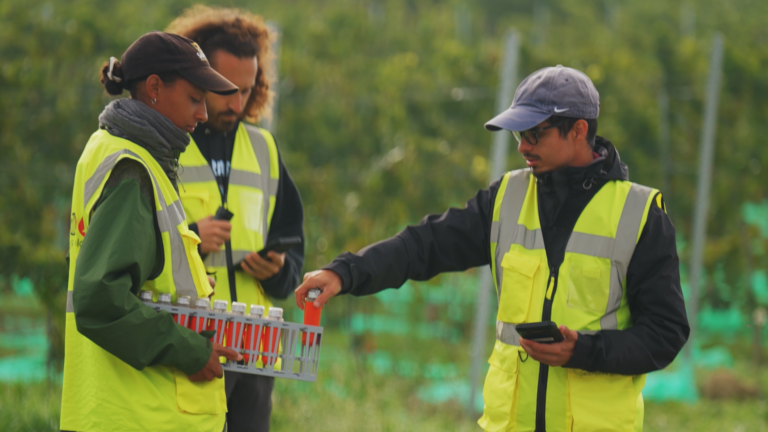
STRYDE’s revolutionary seismic mapping technology is changing how we explore for geothermal (source: STRYDE)
Exploration for potential geothermal drilling sites, much like drilling for oil and gas, requires reliable geological data. Seismic mapping is the gold-standard tool for understanding the subsurface and assessing geological risk. It provides detailed 3D maps of subsurface features, indicating where faults and stress fields lie, which support decision-making on where to tap into the rock’s natural permeability and optimise well trajectory. New-generation seismic nodes are capable of enabling more efficient surveys and reducing upfront costs. Seismic technology is also an important tool for drilling activities, enabling companies to measure seismicity and gauge geological risk.
Revolutionizing seismic campaigns in urban areas
On a very recent 3D seismic survey commissioned by Swiss Geo Energy (SGE), 21,500 STRYDE seismic sensors were deployed discreetly by GEO2X in the countryside near Lausanne. The survey covered almost 100 square kilometres of
countryside and villages, where seismic data was recorded by the nodes to build a detailed structural model of the geological formations beneath the subsurface. The primary aim of the project was to identify geothermal energy hotspots to ultimately drill a successful geothermal well and build a geothermal power plant that will deliver heat and power to the people living in the area.
Vibroseis trucks worked in harmony with the nodes to shoot 14,000 vibration points. These trucks created seismic waves of acoustic energy, and the nodes were used to record the time at which the energy travelled through the Earth’s layers to build an image of the subsurface. The trucks mobilized at night to limit local disturbance and to improve the quality of the data being acquired by avoiding passive noise interference which is generated during busier hours of the day. From start to end, this process was completed in just 11 days, allowing the company to fast-track geothermal exploration like never before with high-quality, affordable seismic data.
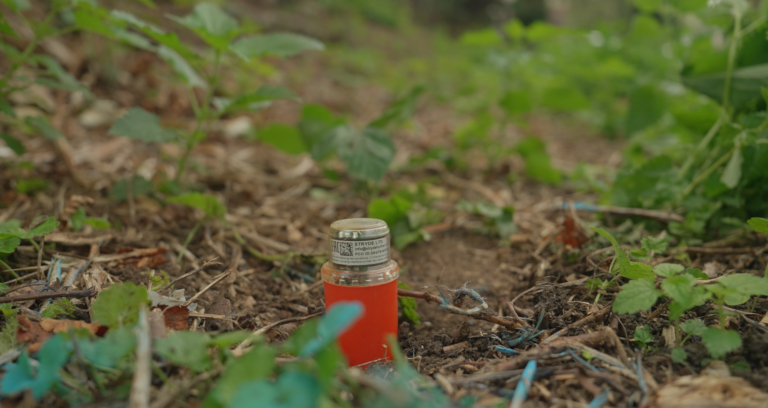
The STRYDE Node™ provides detailed 3D maps of subsurface features, indicating where faults and stress fields lie (source: STRYDE)
This technology has revolutionised the cumbersome process of geothermal prospection in urban and industrial environments. The use of lightweight, wireless, seismic sensor nodes, coupled with new-generation electric source vehicles,
combines high-definition and quality subsurface imaging with affordability, simplicity, and low impact on the environment and community.
Large-scale projects such as centralised district heating and electricity plants from deep geothermal sources have been held back in Switzerland due to gaps in industry and mining development, a lack of community support, and inhibitive
investment costs to private stakeholders. Following this successful demonstration, seismic mapping technology has proven to be essential in accelerating geothermal developments and reducing risk for investors. With new climate targets, greater government investment, and technological advances, Switzerland’s geothermal potential can finally be met.
